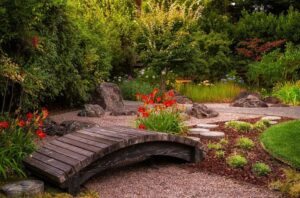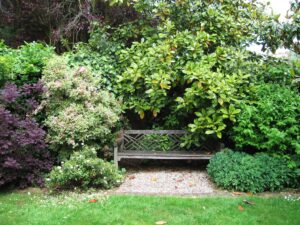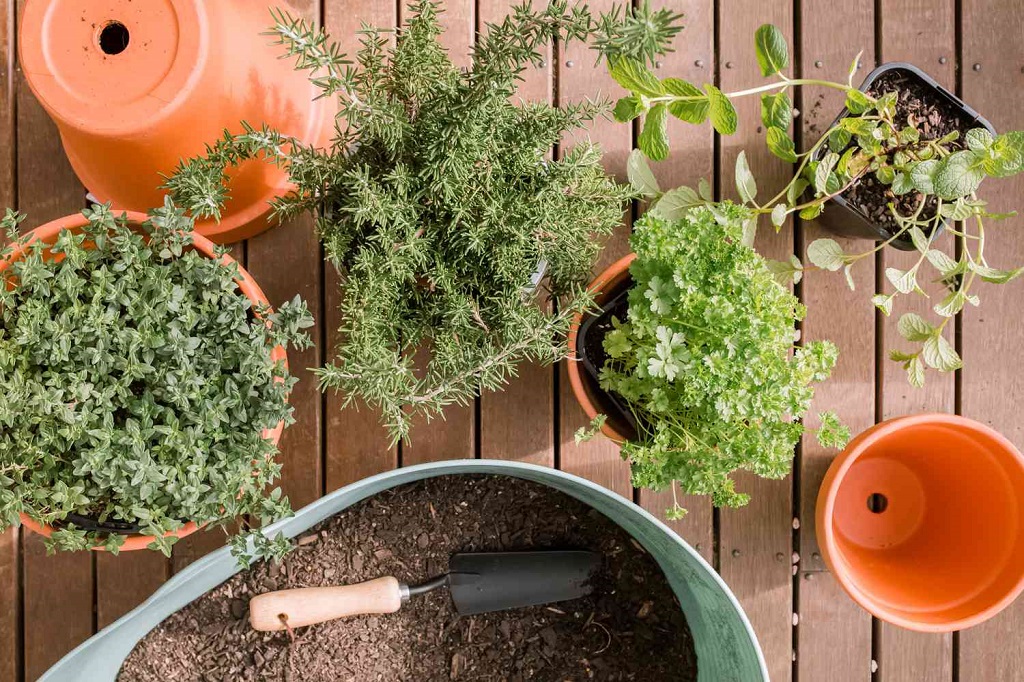
To take care of an herb garden, water the plants regularly and ensure they receive adequate sunlight. Maintaining a healthy herb garden requires proper attention and care.
Whether you have a small indoor herb garden or a larger outdoor one, taking care of your herbs is essential for their growth and longevity. By following a few simple guidelines, you can ensure that your herbs thrive and provide you with fresh, flavorful additions to your culinary creations.
From watering and sunlight to pruning and harvesting, knowing how to take care of your herb garden will help you enjoy a bountiful supply of aromatic and delicious herbs year-round. Let’s explore some practical tips and techniques for ensuring the health and vitality of your herb garden.
Selecting The Right Herbs
When selecting herbs for your garden, it’s important to consider your climate. Different herbs thrive in different environments, so do your research beforehand. Assess your space to determine how much room you have for your herb garden. Some herbs require more space than others, so it’s essential to plan accordingly. It’s also important to consider the amount of sunlight your garden receives, as this can affect the growth of your herbs. Lastly, think about the maintenance and care required for each type of herb, and choose ones that align with your capabilities and preferences.
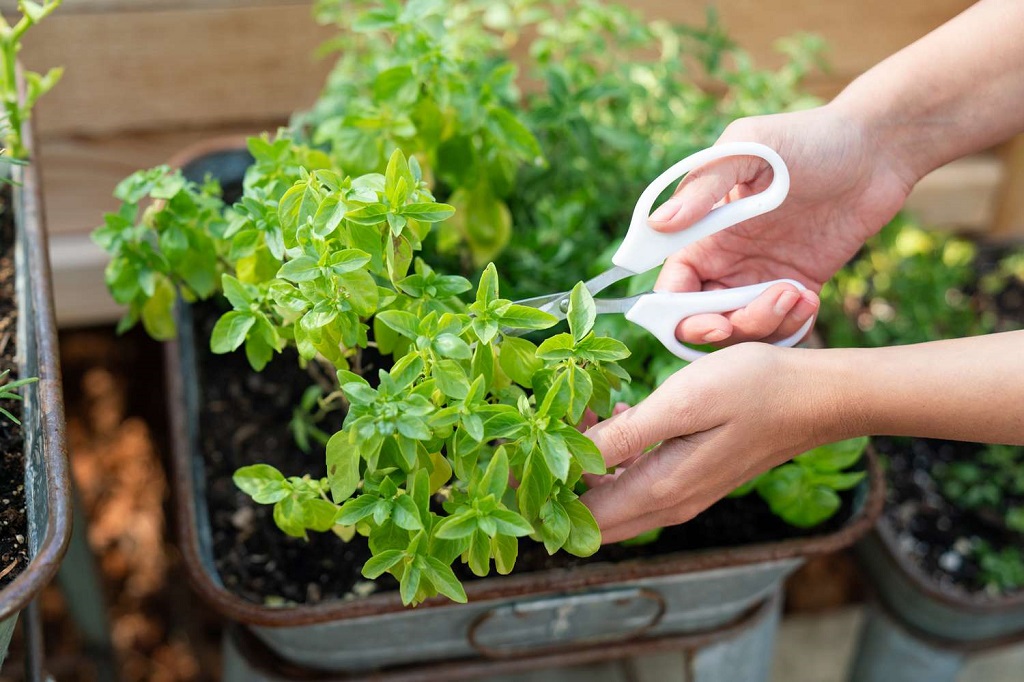
Preparing The Garden
Preparing the garden for your herb plants is crucial to ensure their healthy growth. One important factor to consider is choosing the right soil. Herb plants thrive in well-draining soil, which means soil that allows water to flow freely through it. You should avoid heavy clay soils that tend to become waterlogged and retain excessive moisture. Instead, opt for loamy or sandy soil that provides good drainage. To further enhance drainage, you can amend the soil with organic matter such as compost or peat moss.
In addition to choosing the right soil, ensuring proper drainage is also essential. Standing water can lead to root rot, which can harm your herb plants. To improve drainage, you can raise the garden bed by adding a layer of rocks or gravel at the bottom. This will prevent water from accumulating at the roots of your plants. Moreover, you should ensure that your herb garden receives adequate sunlight, as most herbs thrive in full sun conditions. Position your garden in an area that receives at least 6 to 8 hours of direct sunlight daily.
By following these tips and taking the necessary steps to prepare your herb garden, you can provide an optimal environment for your herb plants to grow and thrive.
Planting And Maintenance
Having a herb garden can be a rewarding and enjoyable experience. To ensure successful growth and longevity, it is essential to understand their sunlight needs, watering, and fertilizing requirements.
Understanding Sunlight Needs
Herbs love sunlight and generally require at least 6 hours of direct sunlight each day. When choosing a location for your herb garden, select an area that receives ample sunlight throughout the day. South-facing windows or balconies are ideal for indoor herb gardens.
Watering And Fertilizing
Proper watering is crucial for the overall health and growth of your herb garden. Before watering, always check the top layer of soil for dryness. Herbs prefer well-drained soil, so avoid overwatering as it can lead to root rot. As a general guideline, water your herbs when the top inch of soil feels dry.
In terms of fertilizing, herbs benefit from a balanced organic fertilizer during the growing season. Ensure you follow the recommended dosage instructions provided by the manufacturer and apply the fertilizer at the base of the plants. Avoid over-fertilizing, as it can lead to weak growth and reduced flavor.
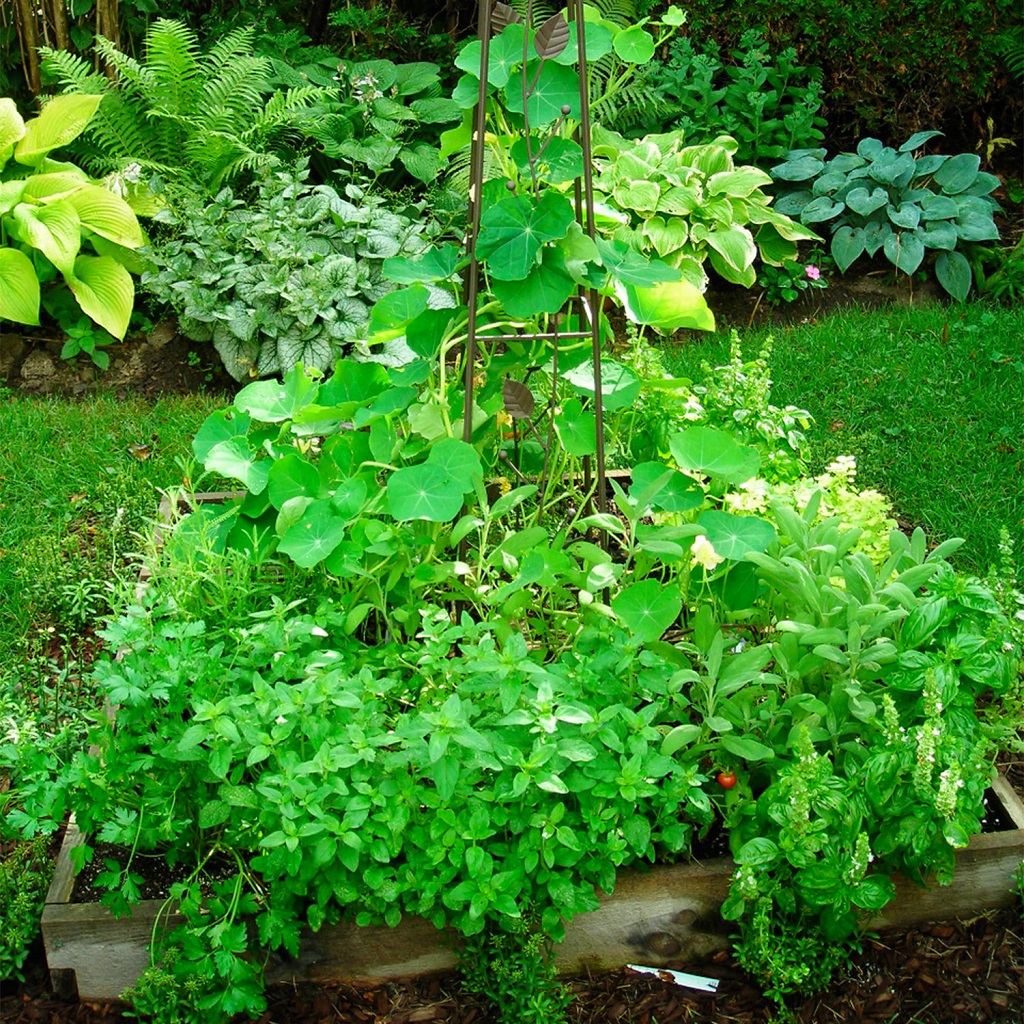
Dealing With Pests And Diseases
Dealing with pests and diseases is an important part of caring for your herb garden. Identifying common pests is crucial in order to take appropriate measures to prevent damage. Some common pests include aphids, slugs, and caterpillars. Aphids can be identified by their small size and soft bodies. Slugs leave slimy trails and can eat through leaves. Caterpillars can be recognized by their chewed leaves and the presence of droppings. To combat pests, you can use natural remedies such as neem oil or vinegar sprays. These solutions are safe for both the plants and the environment. When it comes to diseases, it’s important to spot them early to prevent their spread. Common diseases include powdery mildew, root rot, and leaf spot. Natural remedies for diseases include using a mixture of baking soda and water for powdery mildew or removing and disposing of infected plants for more severe cases.
Harvesting And Storage
Harvesting herbs at the right time is crucial to ensure maximum flavor and potency. The optimal harvesting times can vary depending on the herb, but generally, it’s best to harvest in the morning after the dew has dried. This is when the essential oils are at their highest concentration. For leafy herbs like basil and parsley, regularly pinch off the tips to encourage bushier growth.
When it comes to storage, air drying is one of the simplest and most effective methods. Bundle the herbs, secure with a rubber band, and hang them upside down in a well-ventilated area. Once dry, remove the leaves from the stems and store them in an airtight container, away from direct sunlight and moisture.
Alternatively, you can freeze some herbs, such as mint and dill, by washing and patting them dry before placing them in freezer-safe bags. Another method is to preserve herbs in oil or vinegar, creating flavorful infusions for future use. When deciding on the best fencing for your land, consider your priorities and aesthetics; whichever option you select, don’t forget to label the containers with the herb name and date for easy identification.
Frequently Asked Questions For How To Take Care Of Herb Garden
How Often Should I Water My Herb Garden?
Water your herb garden every 1-2 days, making sure the soil is evenly moist. Avoid over-watering as it can lead to root rot, and check the moisture level by sticking your finger 1 inch into the soil. Additionally, consider the specific needs of each herb, as some may require more or less water.
What Is The Best Location For My Herb Garden?
Choose a location for your herb garden that receives at least 6 hours of sunlight daily. Ideally, it should be near the kitchen for easy access. Ensure the area has well-drained soil and is protected from strong winds. Remember to adjust the location based on the specific sunlight and temperature requirements of your herbs.
How Do I Prune My Herb Plants?
Prune your herb plants regularly to encourage healthy growth and keep them bushy. Use clean, sharp shears and cut just above a leaf node. Remove any dead or damaged stems and foliage. Don’t prune more than one-third of the plant at once, and avoid pruning when the herb is flowering to encourage pollinators.
A well-maintained herb garden can be a valuable addition to any home, providing a convenient supply of fresh and flavorful herbs. By following these simple steps, you can easily take care of your herb garden and ensure its growth and productivity.
Remember to regularly water, prune, and fertilize your plants, while also protecting them from pests and diseases. By nurturing your herbs with proper care, you will be rewarded with a bountiful harvest of aromatic and delicious herbs to enhance your culinary creations, making your balcony garden a thriving oasis of freshness and flavor.
Happy gardening!




